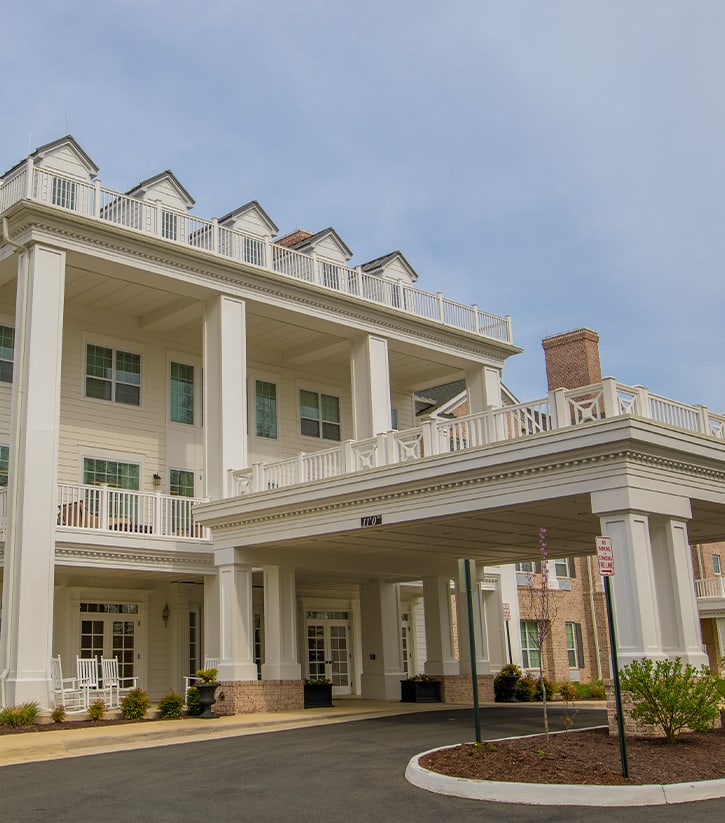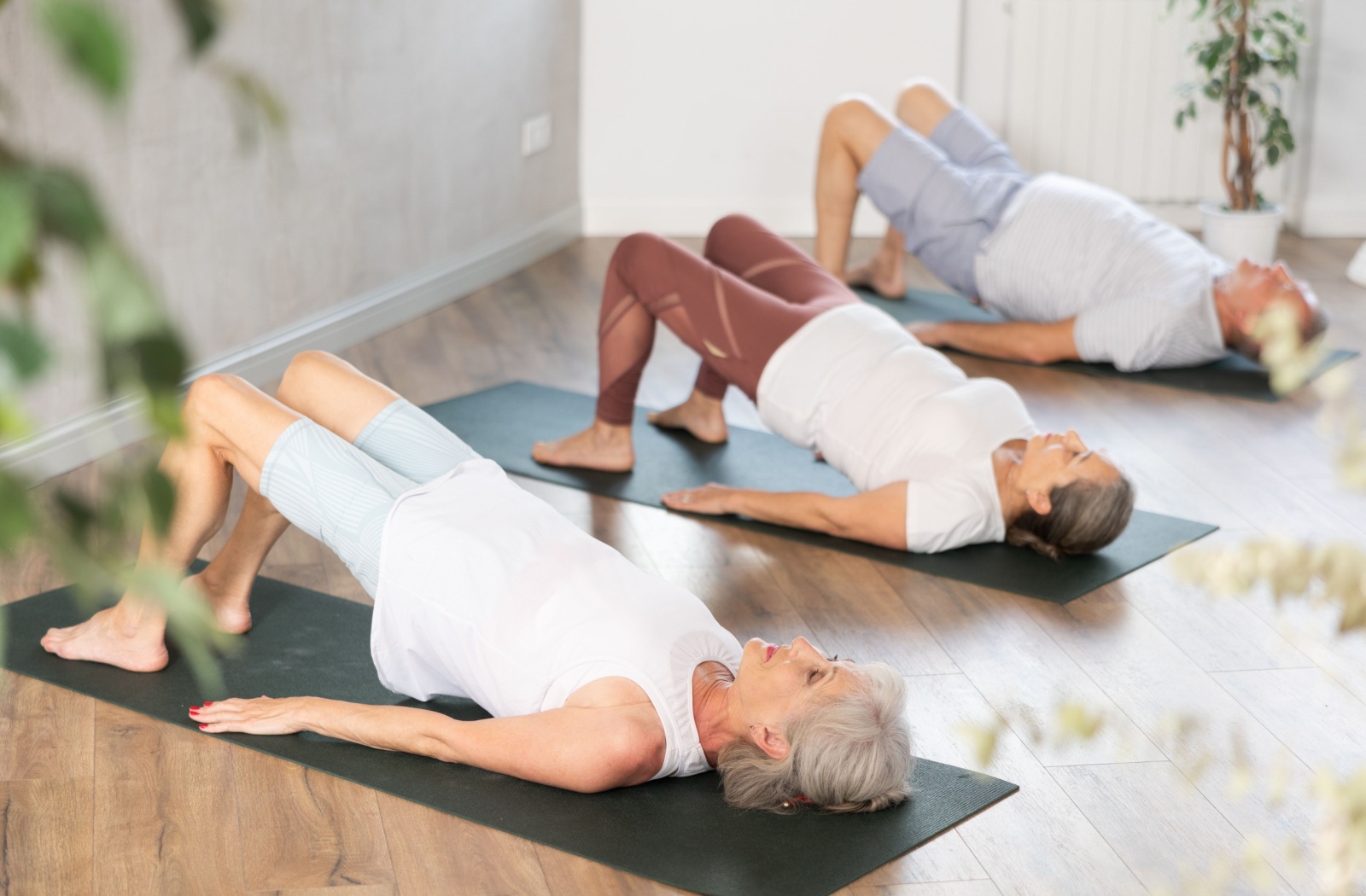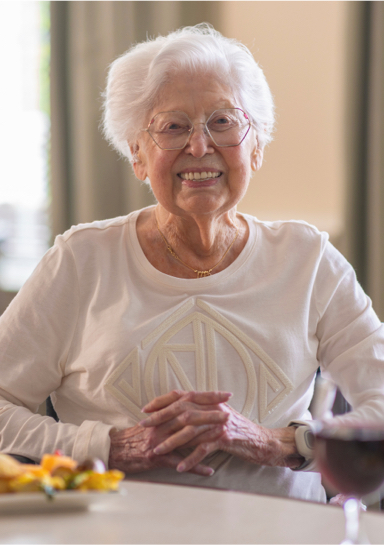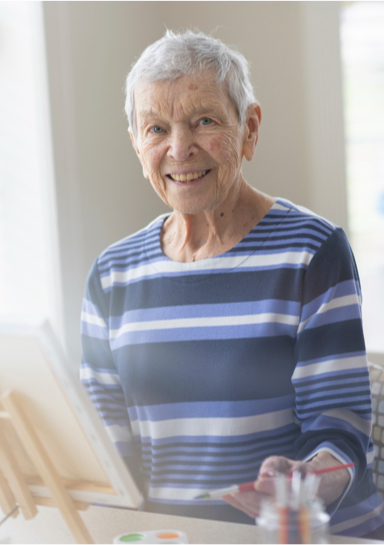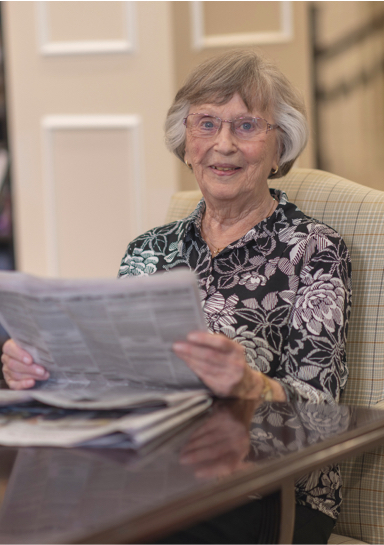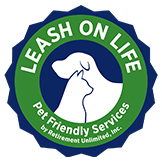Key Takeaways:
- Strong hips are the foundation for walking, standing, and maintaining your independence
- Simple seated, standing, and floor exercises can strengthen your hip muscles at home
- Start slowly with wall or chair support and gradually build strength over time
- Listen to your body and consult your healthcare provider before starting any new exercise routine
- Senior living communities offer structured fitness programs to support your exercise goals
Your hips do more work than you might realize—they help you walk to the mailbox, climb stairs to your bedroom, and get up from your favorite chair. When your hip muscles stay strong, you maintain the freedom to move through your daily activities with ease. Just like keeping joints healthy as you age, maintaining hip strength supports your overall mobility and comfort.
Regular hip exercises can help you maintain your strength, improve your balance, and support the active lifestyle you’ve earned. The good news is that effective hip strengthening doesn’t require expensive equipment or complicated routines. Much like walking is a great exercise, hip strengthening can be incorporated into your routine with simple, accessible movements.
Some of the common hip exercises recommended for seniors include:
- Seated leg extensions
- Seated hip circles
- Side leg lifts
- Sit-to-stand exercises
- Clamshell stretches
Why Hip Health Matters for Your Daily Activities
Your hip muscles work as a team to support nearly every movement you make throughout the day. They stabilize your pelvis when you walk and provide the power you need to lift your legs when climbing stairs or stepping over curbs.
Strong hips also play a major role in your balance and fall prevention. When your hip muscles can properly support your body weight, you feel more stable on your feet during everyday tasks.
As we age, hip muscles naturally lose some strength if we don’t use them regularly. This gradual weakening can make simple activities feel more challenging than they used to be.
If you’re considering assisted living or independent living, maintaining your hip strength can help you feel more confident in your new environment. Many communities offer fitness programs designed specifically to support your mobility and strength goals.
Signs Your Hips Need Attention
Pay attention to changes in how you move through your daily routine. These signs often indicate that your hip muscles could benefit from some strengthening work:
- Difficulty getting up from chairs
- Shorter steps when walking
- Hip or knee discomfort during movement
- Balance concerns during daily tasks
Notice these changes without worry—they’re simply signals that your body is ready for some gentle strengthening. Many people find that consistent hip exercises help them feel steadier and comfortable during their daily activities.

Getting Started Safely with Hip Exercises
Before you begin any new exercise routine, have a conversation with your healthcare provider about your plans. They can provide guidance based on your individual health situation and help you understand any modifications you might need.
Set up your exercise space with safety in mind. Choose an area with good lighting, stable furniture nearby for support, and enough room to move your legs freely.
Use the supports around you effectively—chairs, walls, and counters can all help you maintain your balance while you strengthen your hips. There’s no need to exercise without support when you’re getting started.
How to Listen to Your Body
Learn the difference between normal muscle fatigue and concerning pain. Muscle fatigue feels like a gentle tiredness in the working muscles, while pain is sharp, sudden, or causes you to wince.
Start with just a few repetitions of each exercise and gradually build up as your strength improves. Your muscles need time to adapt and grow stronger, so patience with yourself pays off.
If an exercise doesn’t feel right for your body on a particular day, it’s perfectly fine to skip it or try a gentler version. Your body’s needs can change from day to day, and that’s completely normal.
Seated Hip Exercises You Can Do Anywhere
Seated exercises let you work on hip strength while feeling secure and supported. Start with seated marching by lifting one knee up slightly, then the other, as if you’re marching in place while sitting down.
Try chair-based leg extensions by straightening one leg out in front of you, holding for a few seconds, then lowering it back down. This movement strengthens the muscles that help you walk and climb stairs.
Seated hip circles help maintain mobility in your hip joints. Simply lift one foot slightly off the floor and make small, gentle circles with your knee.
Making Seated Exercises More Challenging
Once the basic movements feel comfortable, you can add ankle weights to increase the challenge. Start with very light weights—even one pound can make a difference.
Gradually increase the number of repetitions you do or hold positions for longer periods. These small progressions help your muscles continue growing stronger over time.
Resistance bands can add variety and extra challenge to your seated routine. Loop a band around your ankles or thighs to create resistance during your movements.
Standing Hip Strengthening Movements
Standing exercises help you build functional strength for real-world activities. Hip extensions involve standing behind a chair and lifting one leg straight back behind you, keeping your upper body upright.
Side leg lifts strengthen the muscles that keep you stable when walking. Hold onto a wall or chair back and lift one leg out to the side, keeping your toes pointing forward.
Sit-to-stand exercises use your own body weight to build the exact strength you need for getting up from chairs. Start seated, stand up without using your hands, then sit back down with control.
Proper Form and Technique Tips
Engage your core muscles by gently pulling your belly button toward your spine during exercises. This helps protect your back and makes the movements more effective.
Keep your shoulders back and your head up throughout your exercises. Good posture helps you get the most benefit from each movement.
Move slowly and with control rather than rushing through the motions. Controlled movements build strength more effectively and reduce your risk of injury.
Floor Exercises for Hip Flexibility and Strength
Bridge exercises are excellent for strengthening your glutes and supporting your hip health. Lie on your back with knees bent and lift your hips up toward the ceiling, squeezing your glute muscles.
Clamshells target the smaller hip stabilizer muscles that keep you balanced. Lie on your side with knees bent and lift your top knee while keeping your feet together.
Gentle hip stretches help maintain your range of motion and keep your joints moving smoothly. Hold stretches for 20–30 seconds and breathe normally throughout.
Adapting Floor Exercises for Comfort
Use pillows and cushions to make floor exercises more comfortable. A pillow under your head or between your knees can make lying positions much more pleasant.
If getting down on the floor is difficult, many floor exercises can be adapted to work on your bed or while standing against a wall. The key is finding positions that work for your body.
Work within your physical limitations rather than fighting against them. Modifications aren’t compromises—they’re smart ways to keep exercising safely.
Creating Your Personal Hip Exercise Routine
Aim to perform hip exercises 2–3 times per week, giving your muscles time to rest and recover between sessions. Consistency matters more than intensity when it comes to building and maintaining strength.
Build a weekly schedule that fits naturally into your routine. Some people prefer morning exercises, while others like to move in the afternoon or evening.
Keep track of your progress by noting how the exercises feel and any improvements you notice in your daily activities. Small improvements add up to meaningful changes over time. Consider incorporating social activities that naturally promote movement and keep you engaged with your wellness goals.
Finding Support in Your Community
Many senior living communities offer structured exercise programs led by qualified fitness professionals. These programs provide guidance, motivation, and social connection.
At Ashleigh at Lansdowne by RUI, we understand that maintaining your strength and mobility is key to living life on your own terms. Our RUI FIT program combines fitness with fun and community engagement, offering health and wellness classes designed specifically for you and your family members.
Ready to discover how our supportive community can help you or your loved one maintain your active lifestyle? Schedule a tour today and see how we can support personal wellness goals.
